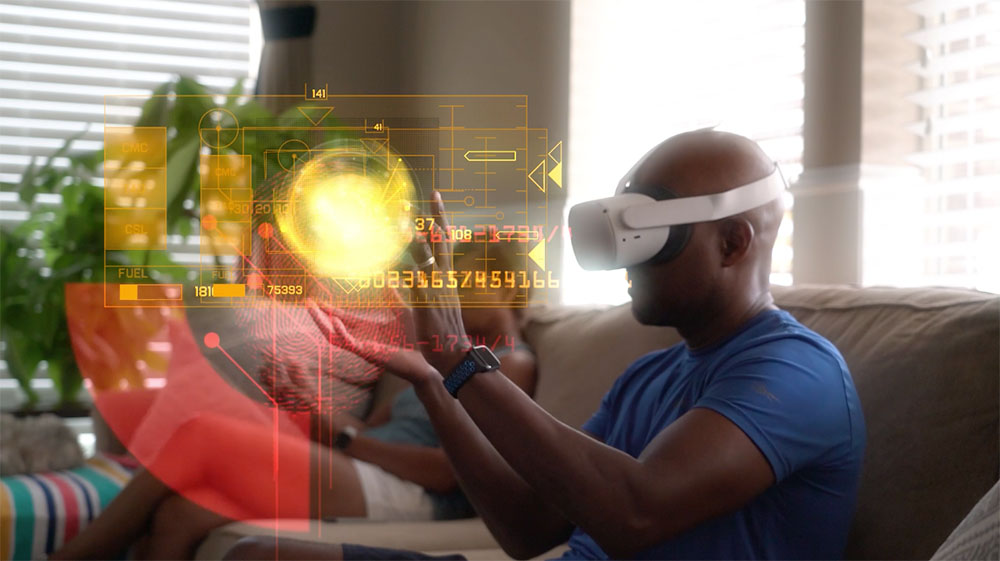
The Evolution of Interaction Design
Interaction design is a field that is constantly evolving. As new technologies emerge, brands are able to create higher fidelity experiences that fully engage customers. By moving beyond traditional 2D approaches, brands can provide truly immersive experiences that capture customer attention and loyalty.
XR, or extended reality, is the umbrella term for all immersive technologies such as Augmented Reality (AR), Virtual Reality (VR), and Mixed Reality (MR). XR combines digital content with physical world experiences to create a multi-sensory environment. AR overlays digital content onto real-world environments, while VR immerses the user in a fully digital environment. MR combines elements of AR and VR, allowing users to interact with both digital and physical worlds at once.

XR technologies offer transformative marketing opportunities for brands. By leveraging immersive virtual environments, companies can provide customers with an interactive experience that was previously not possible. Experiential marketing campaigns such as virtual product demos and immersive store environments can provide customers with an engaging and memorable experience.
As XR technology becomes more widespread, we can expect to see more brands using it to create immersive experiences that will alter traditional advertising models. For example, instead of simply watching a TV commercial, consumers may be able to immerse themselves in a virtual world that brings the product to life. This could lead to increased engagement and conversion rates.
Porsche AR Visualizer
XR technology has the potential to revolutionize how people interact with brands. Embracing a new XR focused mindset, early adopter brands can create truly unique experiences that engage customers and establish a leadership position in what will become the most fiercely competitive marketing channel in decades.
Porsche has been a leader in this space and was one of the first to leverage AR as a way to experience their products from the comfort of your home. This is just one example while another is Chevrolet’s Virtual Tours of its forth coming Silverado EV.
In conclusion, Interaction and Experience Designers are at the forefront of a revolution in customer engagement technology. Through augmented reality, mixed reality and virtual reality experiences, customers can be taken to new places and interact with brands on deeper levels than ever before. This technology can be used to create truly unique customer experiences that will drive loyalty and deepen customer relationships. As this space continues to evolve, Interaction Designers will help forward thinking brands deepen customer engagement and redefine experiences as immersive media technology continues to advance.